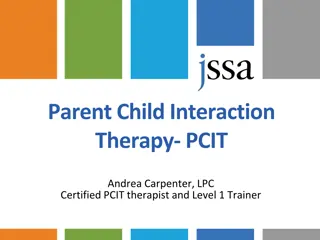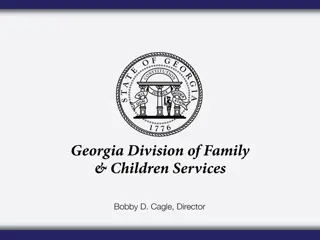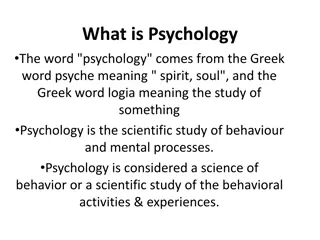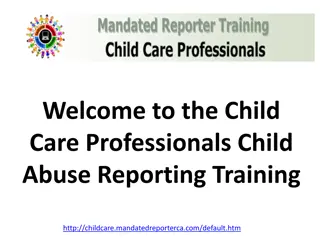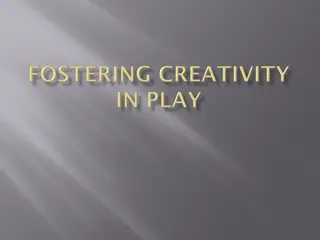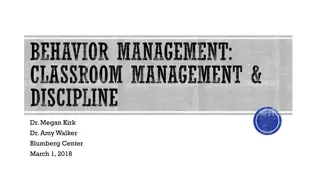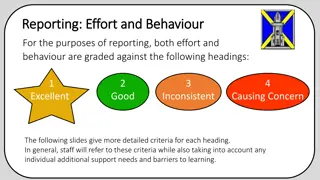Understanding Different Types of Child Play Behavior
Explore the various stages of play behavior in children, from unoccupied and onlooker behavior to solitary, parallel, associative, and cooperative play. Learn how children interact with toys and each other at different developmental stages, shaping their social skills and creativity. Discover the differences between child-directed and teacher-directed learning approaches.
Download Presentation

Please find below an Image/Link to download the presentation.
The content on the website is provided AS IS for your information and personal use only. It may not be sold, licensed, or shared on other websites without obtaining consent from the author. Download presentation by click this link. If you encounter any issues during the download, it is possible that the publisher has removed the file from their server.
E N D
Presentation Transcript
Unoccupied Behavior The child is not involved in any particular activity. He/she just observes what seems interesting at the time.
Onlooker Behavior This behavior involves watching other children play. The child may talk to the children who are playing but does not become actively involved. The onlooker wants to be close enough to interact with the children who are playing. (begins in toddlers)
Solitary Play This type of play involves a child playing alone. He/she has no interest in anyone else or what they are doing. The toys he/she plays with are different from those the other children are playing with. He/she is totally involved in a personal activity. (begins in infants)
Parallel Play This type of play involves a child playing beside other children. There is no actual interaction, but the toys are similar. The child is playing beside the other children rather than with them. Toddlers often participate in parallel play because communication with one another is difficult. (begins 2-3 years)
Associative Play This type of play involves a child playing with other children. The children share toys and interact with one another. Children are involved in similar but not identical activities. There is no specific organization of activities. Each child does what he/she wishes but is a part of a large group. (begins 3 year school age)
Cooperative Play This type of play involves organization. The child is a part of a group that has a specific purpose in mind such as making an art project or playing a game. There are usually leaders and followers in this type of play. (begins as preschoolers)
Child Vs Teacher Child directed learning is where the child decides what to do, the idea, and the materials to use. Adult follows the child s lead. Teacher directed learning is teacher deciding what to do and how to do it. Pre-cut and pre-drawn materials with instructions for what to do with them.
Teachers Role http://vimeo.com/ncca/review/37958082/d5d9bfe5f8 Classroom design must also be conducive to play The teacher must also provide stimulating materials to enhance and entice children into play Play and learning should be integrated throughout the day.
Gender Differences There are gender differences in play. Children s identification of whether they are boys or are girls will result in playing more with other children of their gender (Fagot, 1994; Fagot & Leve, 1998).
Why is this important? They learn about themselves, others, and their world that they live in. Develops and enhances creativity Builds confidence and self-concept, initiative, and autonomy (independence) = Erikson s Theory Releases energy Provides individual time and down time. Develops the 5 basic areas of Growth and Development (Physical, emotional, social, cognitive, and moral).
Resources http://www.ttacnews.vcu.edu/2014/02/what-is-the- teachers-role-in-supporting-play-in-early-childhood- classrooms/ http://www.education.com/reference/article/gender- differences-play/




